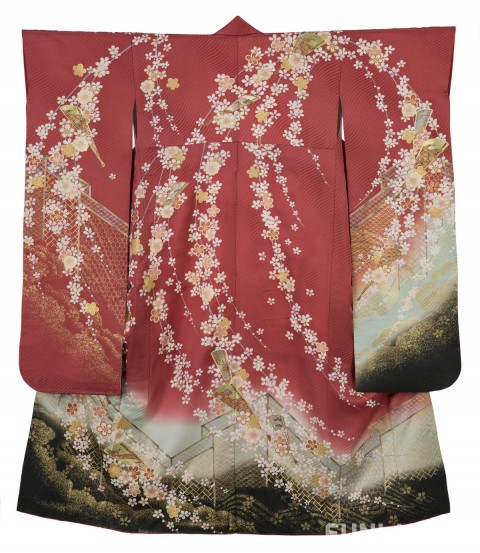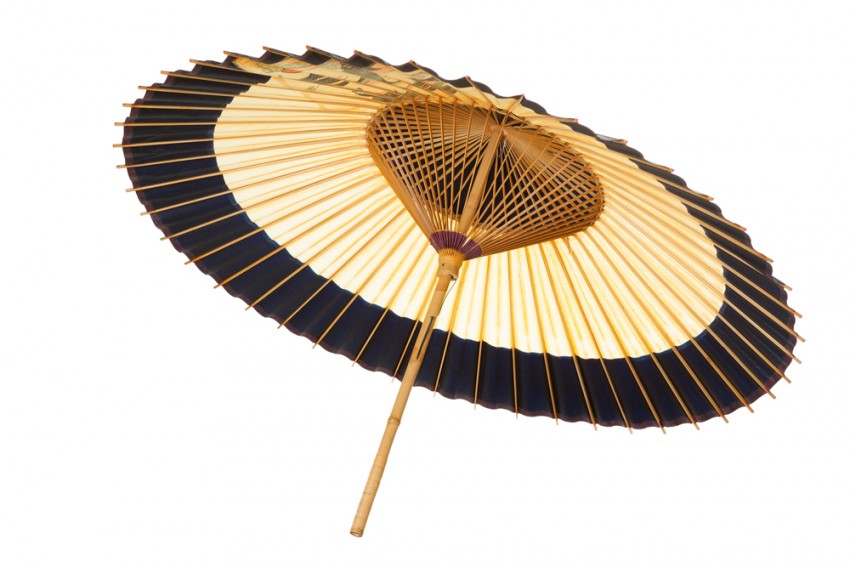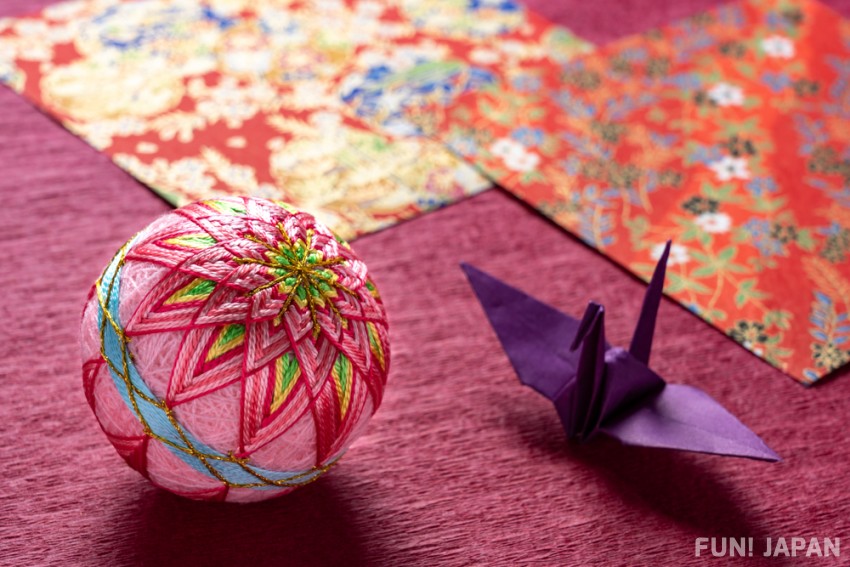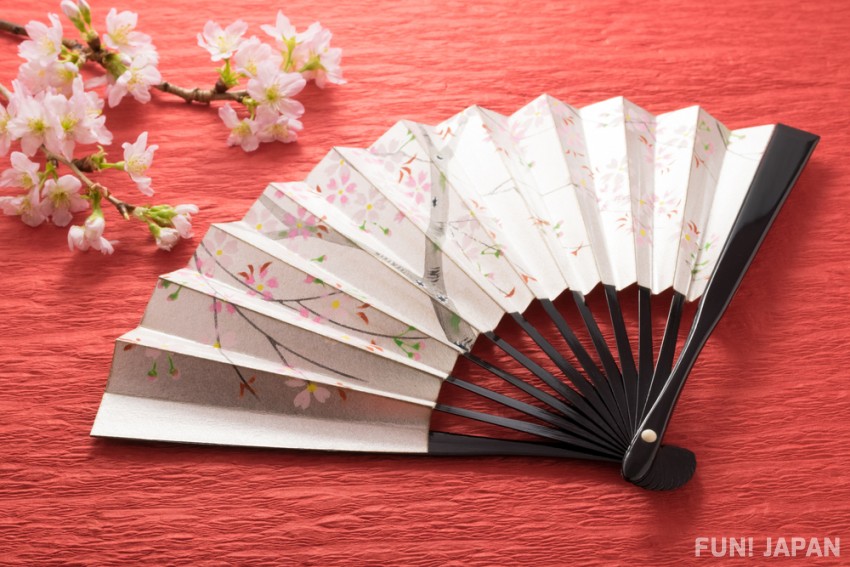
Bunraku, which can be seen at the National Bunraku Theatre among other theaters, is a traditional Japanese puppet theater whose style was decided in the early Edo period. The art of narrating a story with a doll dressed in kimono, to the accompaniment of music, was registered in UNESCO's Intangible Cultural Heritage list in 2009. Here, we will introduce Bunraku in an easy-to-understand manner.
What is Bunraku Puppet Theater? Its History from the Edo Period Until Now

Bunraku is one type of Ningyo Joruri, or puppet narrative with Shamisen (a traditional stringed instrument) accompaniment, that was started in the 17th century when Takemoto Gidayu, a famous chanter, combined normal Joruri recitation with puppets. Gidayu-bushi is the type of Joruri originated by Takemoto Gidayu, and is characterized by a unique style of singing along with the Shamisen. Ningyo Joruri, which gained popularity over Kabuki for a time, had various troupes, which had their ups and downs in popularity, and at the end of the Edo period, Uemura Bunraku-ken had became the most prominent one. Therefore, Bunraku became a synonym for Ningyo Joruri. After experiencing ups and downs, it has now established itself as a world-class traditional performing art.
Bunraku, Where Three Aspects Come Together to Form Theater

Bunraku is created by the trio of the Tayu (chanter or reciter), Shamisen, and puppeteers. In the Gidayu-bushi tradition, one of them, the Tayu, plays the part of reciting all the roles that appear in the story. The Tayu tells the story and portrays the emotions of all the male and female characters, of all ages. The Shamisen expresses the mood of the story, together with the Tayu. It is a typically a thick-necked Shamisen, which has a deeper, heavy sound that sets the scenes and expresses the characters' feelings.
The puppeteers manipulate the dolls. The "Omo-zukai" is the main puppeteer, who manipulates the right hand and head, and also gives signals to the "Hidari-zukai", who manipulates the left hand, and the “Ashi-zukai”, who manipulates the feet, on how to move the puppet together as a whole. This technique makes the puppet move as though it has been brought to life.
The Bunraku Puppets

The puppets can be disassembled into the head, limbs, torso, costume, and wig. Therefore, it is possible to have one puppet play a completely different role simply by repainting the face as well as changing the costume according to the role. The kimono of the costume has a hole in the back, and the puppeteers insert their hands into this hole and manipulate the puppet. Bunraku puppet theater is characterized by the various ingenious methods used to make it lively and realistic.
Experience Bunraku at the National Bunraku Theatre

Most of the Bunraku plays were created during the Edo period. There are two kinds of plays: ones depicting the time period from the Nara period to the Sengoku period, and ones set in the same period as when the work was created. The three major masterpieces are “Sugawara Denju Tenarai-kagami”, “Yoshitsune Senbon-zakura” and “Kanade Honchu Shingura”.

Comments